Pangea Fossils: Evidence of the Pangaea Supercontinent

The Pangaea Supercontinent
At one point in time, all continents were merged together as one supercontinent.
This supercontinent “Pangaea” (sometimes spelled Pangea) eventually tore apart from continental drift. But it took millions of years to do this.
So how do we know that Pangaea existed?
There were several clues that led to the discovery of the Pangea supercontinent.
For example, we can connect the pieces today and see how remarkably well they fit. Also, we can examine the fossils we find today on each continent and check for resemblances.
What are the clues that Pangaea existed?
The first clue that continents were all connected is how they fit like a jigsaw puzzle
Like a jigsaw puzzle, the Earth’s crust has 15 or 20 separate pieces of minor and major plate tectonics. These pieces are the plate tectonics that rides on the soft melted rock underneath.
All continents were together as a supercontinent (Pangaea). Over time, these continents have broken apart and moved apart through continental drift.
But it wasn’t until we started exploring beneath the oceans that we realized the vast chains of mountains on the ocean seafloor. These ridges and trenches are scars from the opening up of plates at ridges.
It was the first piece of evidence that continents are embedded in something bigger. In fact, they are being pulled and dragged like they are on giant conveyor belts.
Now, we know they were once together because it’s not only that continents fit together, but the same types of rocks are on the west coast of Africa and the east coast of South America.
How does fossil evidence prove continental drift?
After the mass extinction of dinosaurs, geologists have dug up fossils from around the world. They’ve kept a thorough record documenting the species and location.
Geologists found two very interesting facts:
- The first thing geologists found was that some dinosaurs were better suited for water, air, and land. During the era of dinosaurs, pterodactyls preyed upon fish from the sky. But the lystrosaurus was a herbivore and ate small plants on land.
- The second thing geologists uncovered was the distribution of fossils on land. For instance, they found lystrosaurus fossils in India, Africa, and Antarctica.
So how can land herbivores exist on separate continents?
What did the fossil evidence show?
We know that land herbivores couldn’t fly. And we also know they were incapable of swimming.
The reason is that Earth existed as one giant supercontinent Pangaea. But over time, the landmasses separated apart into the 7 continents and 5 oceans that we see today.
Now we know that plate tectonics was the mechanism that tore continents apart.
Because of the fossil evidence, we know the Mesozoic Era experienced a significant continental rift.
What kind of rocks contain fossils?
Sedimentary rocks are the only type of rocks that may contain fossils. If you see a rock with a fossil, you can automatically assume that it is a sedimentary rock.
This is because the process of formation for igneous and metamorphic rocks involves heat or pressure so that fossils would be completely erased.
These are the rocks that can incorporate bones, shells, and exoskeletons from living organisms such as shells that are compacted sea creatures.
Evidence of the Pangea Supercontinent with Fossils
Fossils found on different continents that were once part of the supercontinent Pangaea provide evidence for the theory of continental drift and plate tectonics.
The distribution of similar fossils across continents, such as fossils of the ancient reptile Mesosaurus in both South America and Africa, supports the idea that these landmasses were once connected before drifting apart, reinforcing our understanding of Earth’s geological history.
Do you have any questions? We’d love to hear from you. Please leave us a question or comment below.

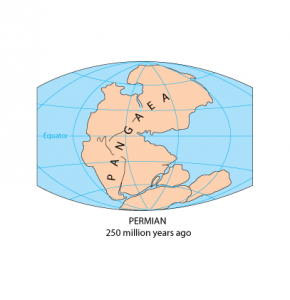
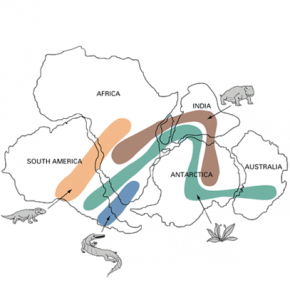
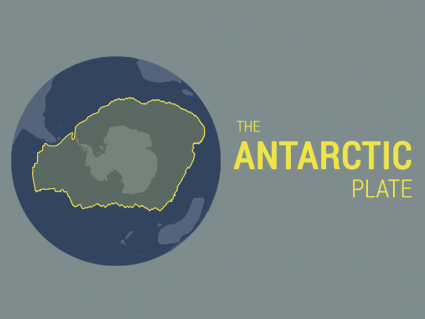
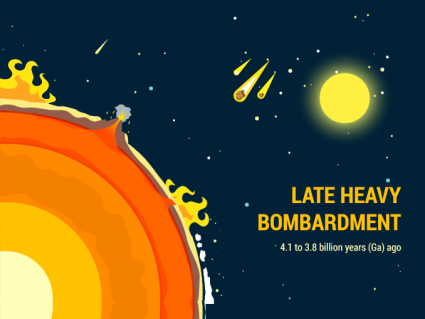

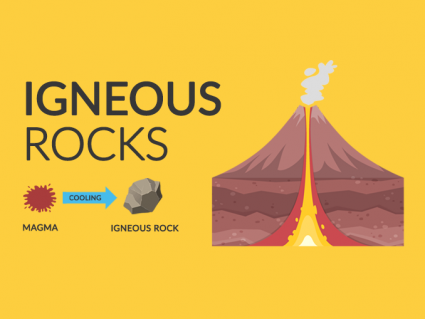
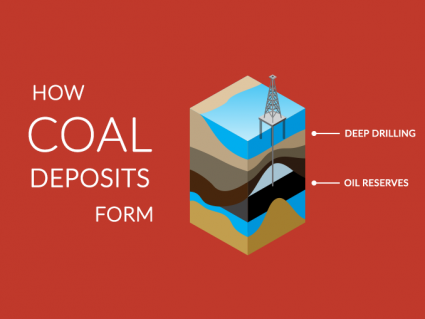
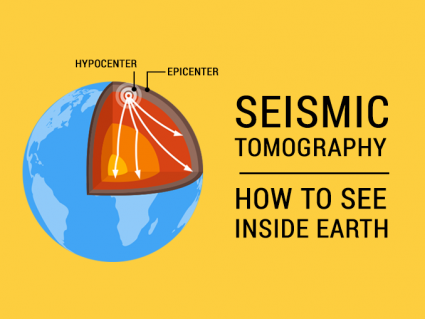
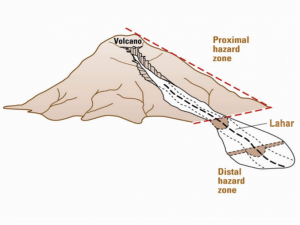
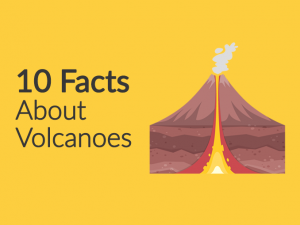



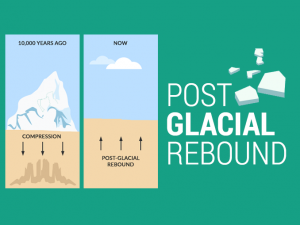
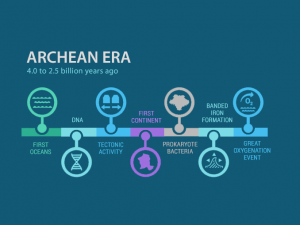
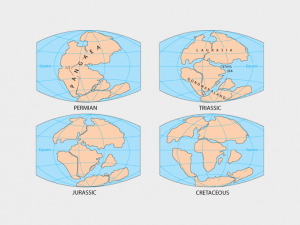
Here’s info on how to cite – https://earthhow.com/how-to-cite/
I would like to use this article as a reference in my research paper. Can you please tell me the author and the date of publication? Thank you!
This is cool. What if there were more than those fossils in the world that are just deep in the ground
Hello Darling.
If we observe the video evidence in the spoiler video on r/dragongiants we can clearly see the world’s body parts outlined. This shows the Theory of Plate tectonics is still not completely understood. The bones of our bodies are held by tendons and muscles and those need a living person to control them. After death our bodies bloat and we basically stop using anything to stop our joints from swinging about. Anyways can’t wait until you all catch up.
Amazing and cool
It was helpful for some 🥴
This is the most well-written description of our evolution that I have ever read. It just makes sense and was easy to comprehend. The scary part is that it questions all religions by showing how human evolution is based on chemistry, science, and natural occurrences, not a book.
As a child (born in 1950s England) I was, and still are, an avid reader. Starting with “now wash your hands” on toilet tissue to anything I could access at home, public library, friends, family. I recall reading about a super continent in my early years with the associated “new information” apparently ‘recently discovered’ ?
Great info for my science.
Great Information!
Didn’t believe this, but now I do!
This article is so fascinating!
My bf told me about this &. I didn’t believe him but now I do
Extremely Fascinating! Glad I came across this interesting theory!
Amazing
Interesting!
Really helpful I definitely recommend sharing this website
Thank you for the info